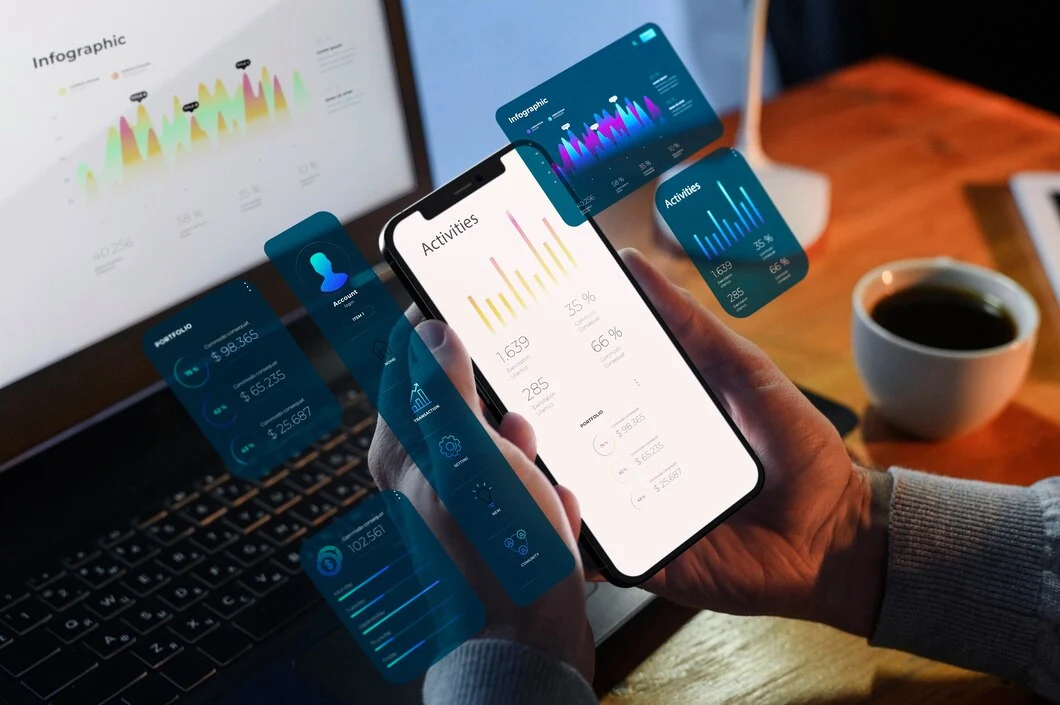Mobile App Development Trends for 2024
Aug 9, 2024

As we step into 2024, the world of mobile app development is experiencing a transformative shift, driven by rapid technological advancements and evolving user expectations. This article will guide you through the latest trends shaping the industry, from the integration of AI and 5G technology to the growing influence of AR/VR and cross-platform development tools. Whether you're a developer, marketer, or business owner, understanding these trends is crucial for staying competitive in the fast-paced app market. By the end of this article, you'll be equipped with the insights needed to innovate and thrive in 2024's dynamic mobile landscape.
1. AI and Machine Learning Integration
AI and machine learning continue to play a significant role in personalizing user experiences. Expect to see more apps using AI for real-time analytics, predictive analytics, and natural language processing.
2. 5G Technology
The widespread adoption of 5G is set to revolutionize app development. With faster data transfer speeds and lower latency, apps can offer more immersive experiences, such as AR/VR and high-definition streaming. Developers will need to optimize their apps to fully leverage 5G capabilities, leading to new innovations in user experience.
3. Cross-Platform Development
Cross-platform tools like Flutter and React Native are becoming more popular, allowing developers to create apps that work seamlessly across multiple platforms. This trend helps reduce development time and costs while reaching a broader audience.
4. AR and VR Integration
Augmented Reality (AR) and Virtual Reality (VR) are gaining traction, particularly in gaming, e-commerce, and education apps. Expect more apps to incorporate AR/VR for enhanced user engagement and interactive experiences.
5. Increased Focus on Security
With the growing number of cyber threats, security remains a top priority. Developers are implementing advanced encryption, biometric authentication, and secure APIs to protect user data and privacy.
6. Internet of Things (IoT)
IoT integration is becoming more prevalent in mobile apps, particularly in smart home devices, healthcare, and automotive industries. Apps that can seamlessly connect and control IoT devices will see increased demand.
7. Low-Code and No-Code Development
Low-code and no-code platforms are making app development accessible to non-developers. These platforms allow for rapid prototyping and deployment, enabling businesses to bring apps to market faster.
8. Sustainability and Green Development
Environmental sustainability is influencing app development practices. Developers are focusing on energy-efficient code, reducing the carbon footprint of data centers, and promoting apps that encourage eco-friendly behaviors.
9. Wearable Technology
The market for wearable devices continues to grow, leading to increased demand for apps that can integrate with smartwatches, fitness trackers, and other wearables. These apps often focus on health, fitness, and personalized user data.
10. Voice and Chatbot Integration
Voice assistants and chatbots are becoming standard features in mobile apps. Integration with AI-driven voice recognition and natural language processing enhances user interaction and accessibility.
Conclusion
Staying ahead of these trends will be crucial for developers looking to create innovative, high-performing mobile apps in 2024. Whether it's leveraging new technologies like 5G and AI or focusing on cross-platform development and security, the future of mobile app development promises exciting possibilities.
By keeping these trends in mind, developers and businesses can create apps that not only meet current user demands but also anticipate future needs, ensuring long-term success in the competitive mobile app market.